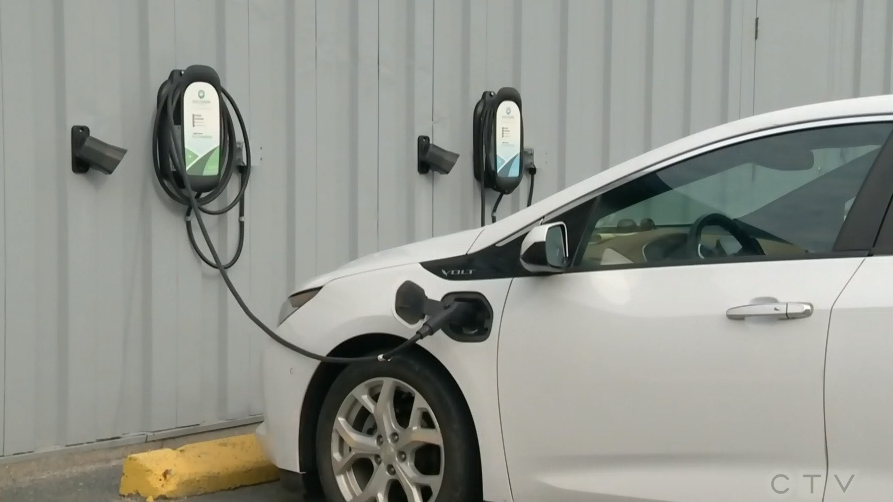
The Canadian federal government’s plan to decarbonize the transportation sector and achieve net-zero emissions by 2050 includes a target to have all cars, SUVs, and light trucks sold in Canada to be electric by 2035. However, experts from the automotive and green energy industries are questioning whether Canada’s infrastructure is ready to handle the significant increase in electric vehicles. Currently, electric vehicles only make up 5.3% of all vehicles in Canada, with 86,000 vehicles in 2021.
The federal government plans to increase the number of Zero Emissions Vehicle (ZEV) sales, with 395,000 new ZEV sales in 2026, 1.2 million in 2030, and 2 million in 2035. This translates to 5%, 16%, and 40% of all ZEVs on the road, respectively. The most obvious element to improve Canada’s electric vehicle infrastructure is the need for a dramatic increase in charging stations, for which the federal government has committed over $1 billion to build 84,000 over the next four years.
One of the main issues with electric vehicle infrastructure today is the lack of them available for sale. Electric Mobility Canada President Daniel Breton said that Canadian consumers want to buy electric vehicles, but they are hard to come by. A Volkswagen «gigafactory» assembling electric vehicle batteries in St. Thomas, Ont., is expected to begin production in 2027, creating up to 3,000 jobs in the region.
Charging an electric vehicle at home may sound simple, but there are three ways to charge an electric vehicle, with Level 1 being the slowest, providing 3 to 8 kilometers of energy per hour, Level 2 providing 16 to 97 kilometers per hour, and Level 3 providing the fastest charging time. Level 3 chargers are typically found in public places and businesses. Level 2 chargers require more voltage, 208 to 240 volts, the same as a stove or air conditioner might use. Most electric vehicle owners choose to install Level 2 chargers in their homes because they work faster and more efficiently, but many homes in Canada are built with older 120 volt electrical grids that produce significantly less electricity than a 240 volt grid.
Canada’s electrical grid infrastructure will need a significant overhaul when thousands more electric vehicles are on the road. According to a study by the Canadian Climate Institute, the move away from fossil fuels to clean energy in electricity consumption will put much more strain on Canada’s electrical grid, especially during peak hours, between 5 p.m. and 9 p.m., when most people get home from work and start using their appliances.